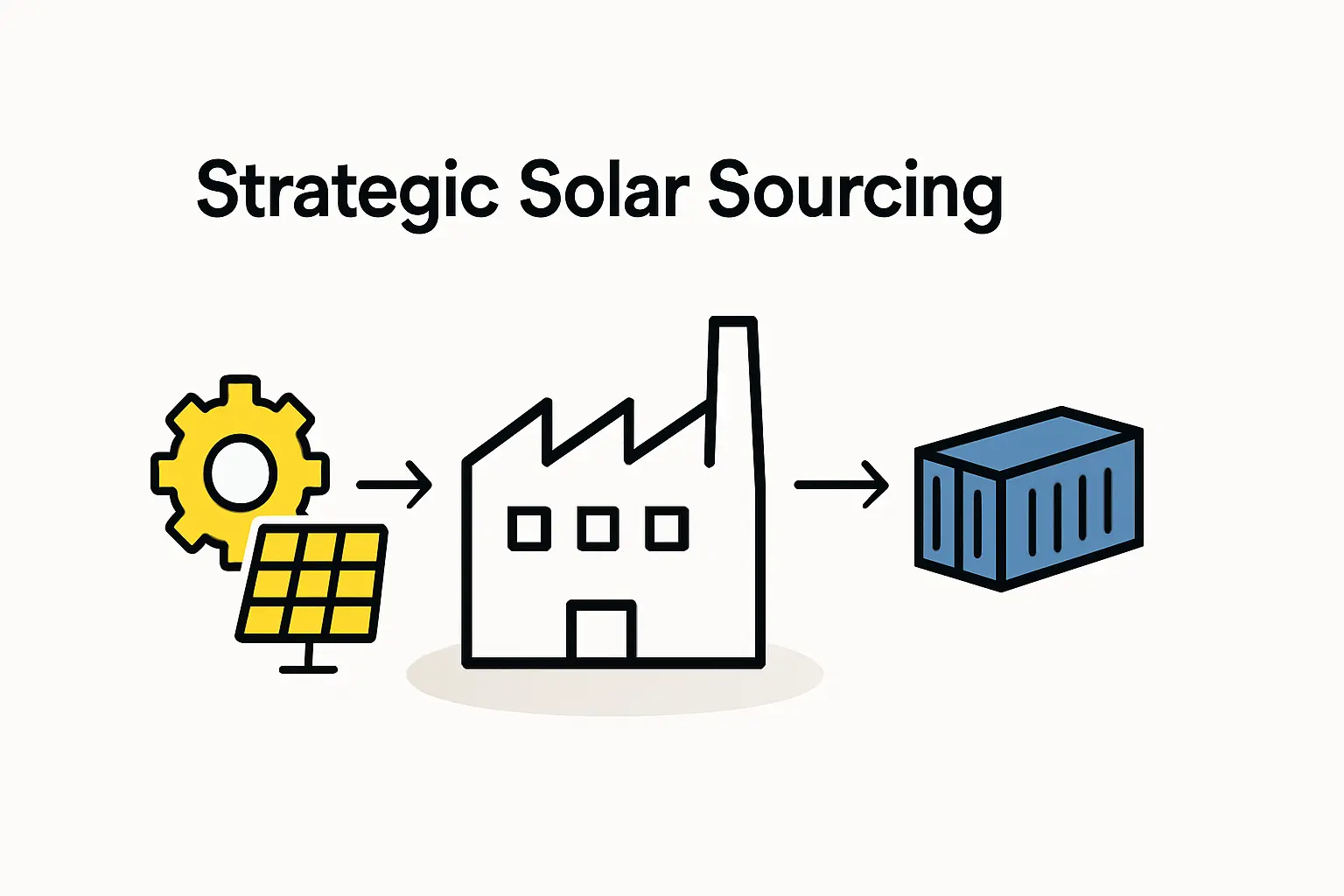Australian researchers led by CSIRO have achieved 15.5% efficiency in small-area hybrid perovskite solar cells and 11% in large-scale modules using roll-to-roll fabrication. Their work, published in Nature Communications, is the first study to demonstrate fully printed hybrid perovskite solar modules made under ambient conditions.
Hybrid Perovskite Solar Cell Modules
Australia’s Commonwealth Scientific and Industrial Research Organisation (CSIRO) reached these milestones by optimising hybrid perovskite solar cells for roll-to-roll fabrication. The team achieved up to 15.5% efficiency on individual small-area cells and 11% on 50 cm² large-scale solar panels.
The study is the first to demonstrate hybrid perovskite solar cell modules—composed of serially connected cells—made entirely with industrial roll-to-roll printing equipment under ambient room conditions.
This significant achievement was a collaboration between CSIRO and researchers from the Universities of Sydney, Monash, Cambridge, and New South Wales.
Ready to make big Profits?
The solar Industry is Booming
WE HELP NEWCOMERS to the solar industry start their own solar module production line. Customers can make BIG PROFITS by selling modules and finding investors, without wasting money and time on things they don't need!
Development of Printed, Flexible Solar Cells
Thanks to their flexibility, high efficiency, and falling cost, printed solar cells are becoming a more viable alternative to traditional silicon panels. Their adaptability means they can be applied to a variety of surfaces, including clothing, wearables, cars, and buildings.
However, scaling up production while maintaining efficiency has proven difficult, with many fully printed flexible solar panel manufacturers only achieving efficiencies of one or two percent.
This new research marks an important advancement in producing fully roll-to-roll printed, flexible solar cells at unprecedented efficiency levels. While small, lab-scale cells have reached high efficiencies, scaling them up for practical application has remained a significant hurdle.
As highlighted by CSIRO, the key breakthrough is achieving 11% efficiency for large-scale, 50 cm² solar panels made of interconnected solar cells. This represents a major step toward the practical application of printed solar technology.
Perovskite and Printing Presses: Enhancing Energy Efficiency
The use of perovskite is driving innovation in solar panels, offering an alternative to the silicon traditionally used. When combined with ink and printed on industrial machines, perovskite becomes a cost-effective and energy-efficient option. Its lightweight and flexible nature also makes it portable and adaptable for various uses.
The study shows that perovskite cells can be mass-produced using a continuous roll-to-roll method, similar to printing newspapers. These recent developments overcome the efficiency and scalability issues of earlier production methods, making large-scale, commercially viable perovskite solar cells a real possibility.
Screening Solar Cells Spurs Innovation
Automated screening and fabrication methods were essential to this success. According to CSIRO, the researchers developed a novel method to generate and test more than 10,000 solar cells daily—a feat impossible with manual processes.
CSIRO also notes that flexible printed solar cells offer significant potential for both financial gain and sustainable energy solutions. Widespread adoption could help the industry achieve net-zero emissions and create new business opportunities.
With lower costs and shorter energy payback times, these cells present an economically and environmentally viable renewable energy option. Furthermore, specialised carbon inks reduce manufacturing costs by eliminating the need for expensive metals like gold.



